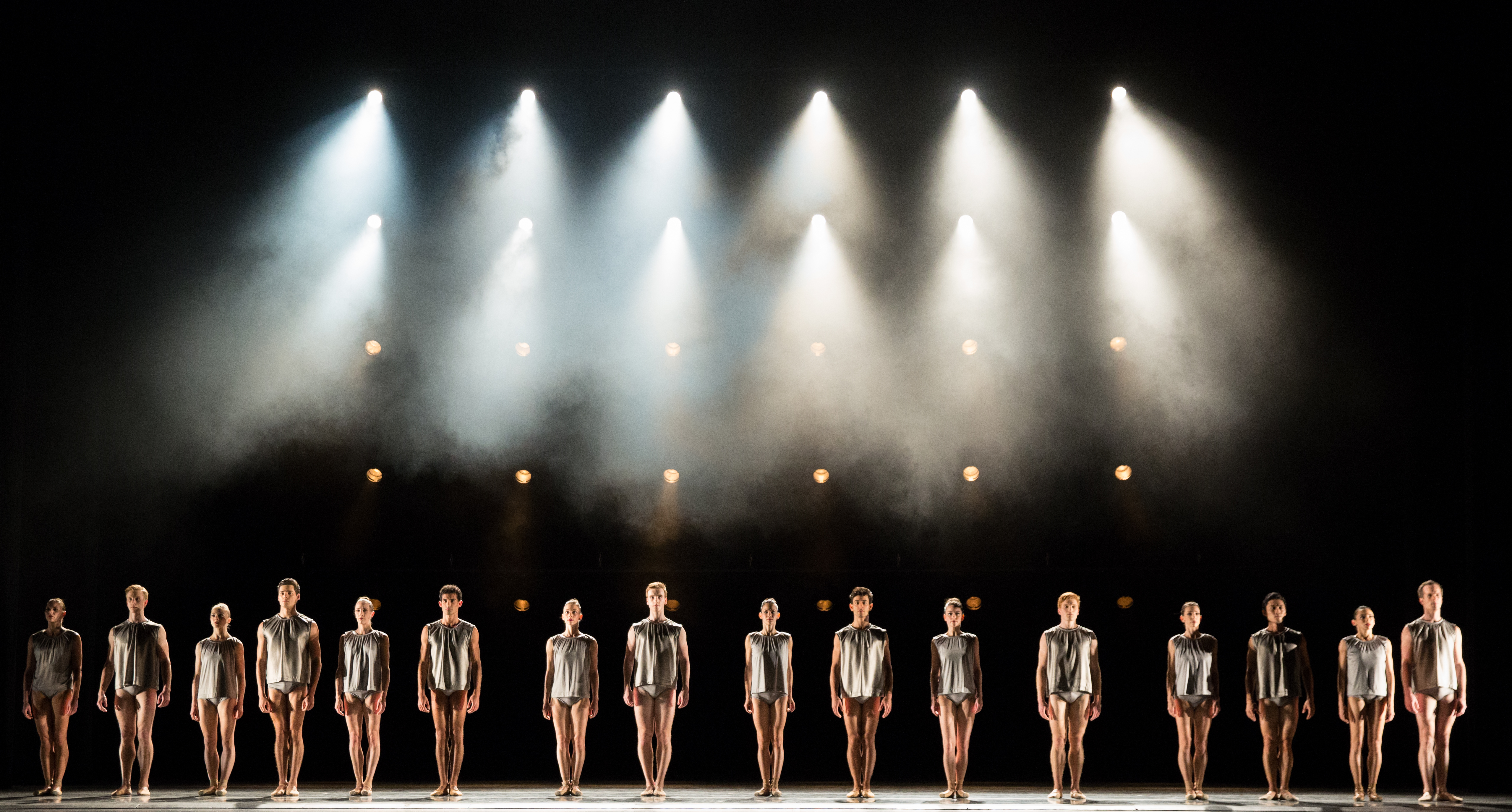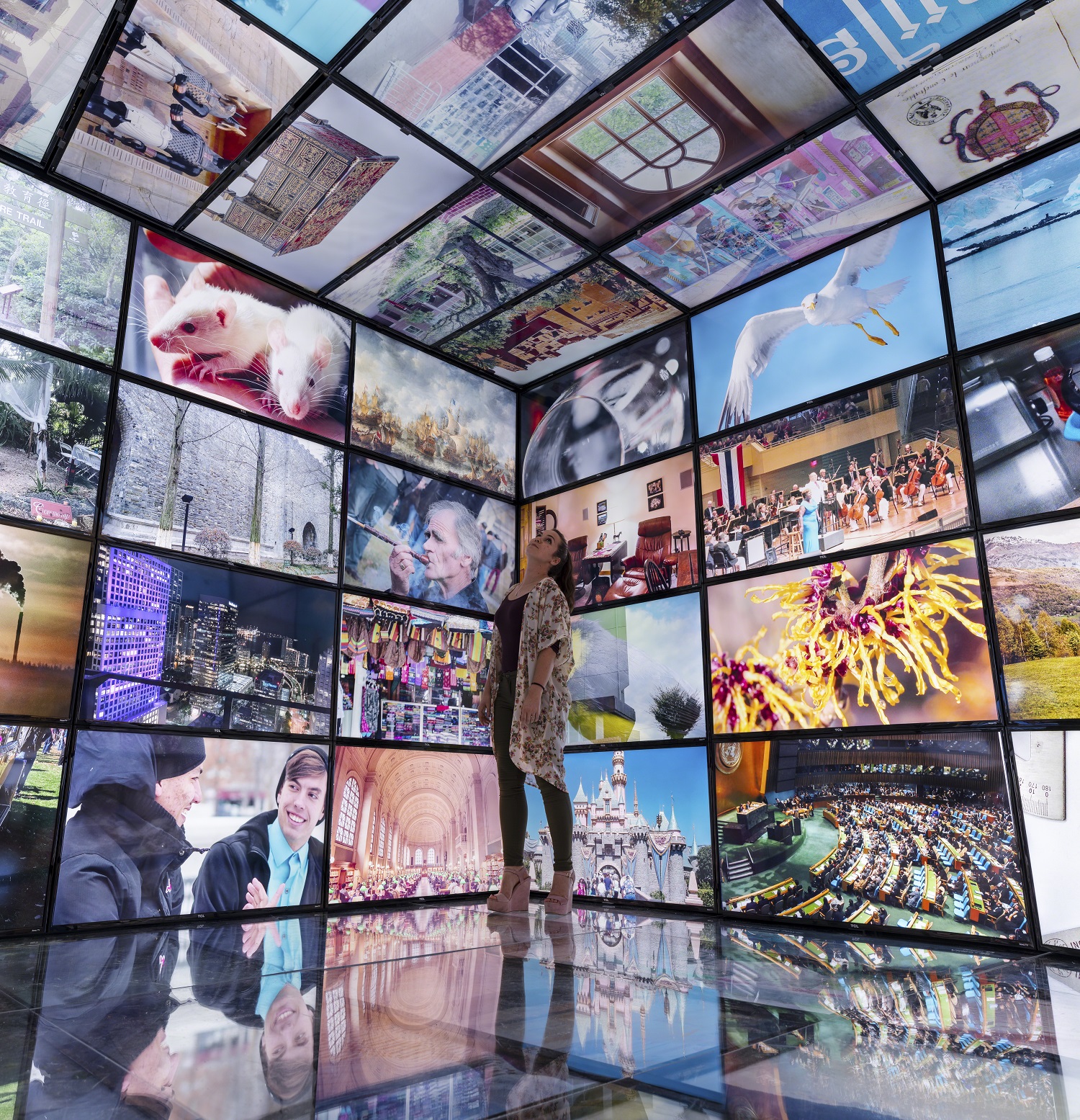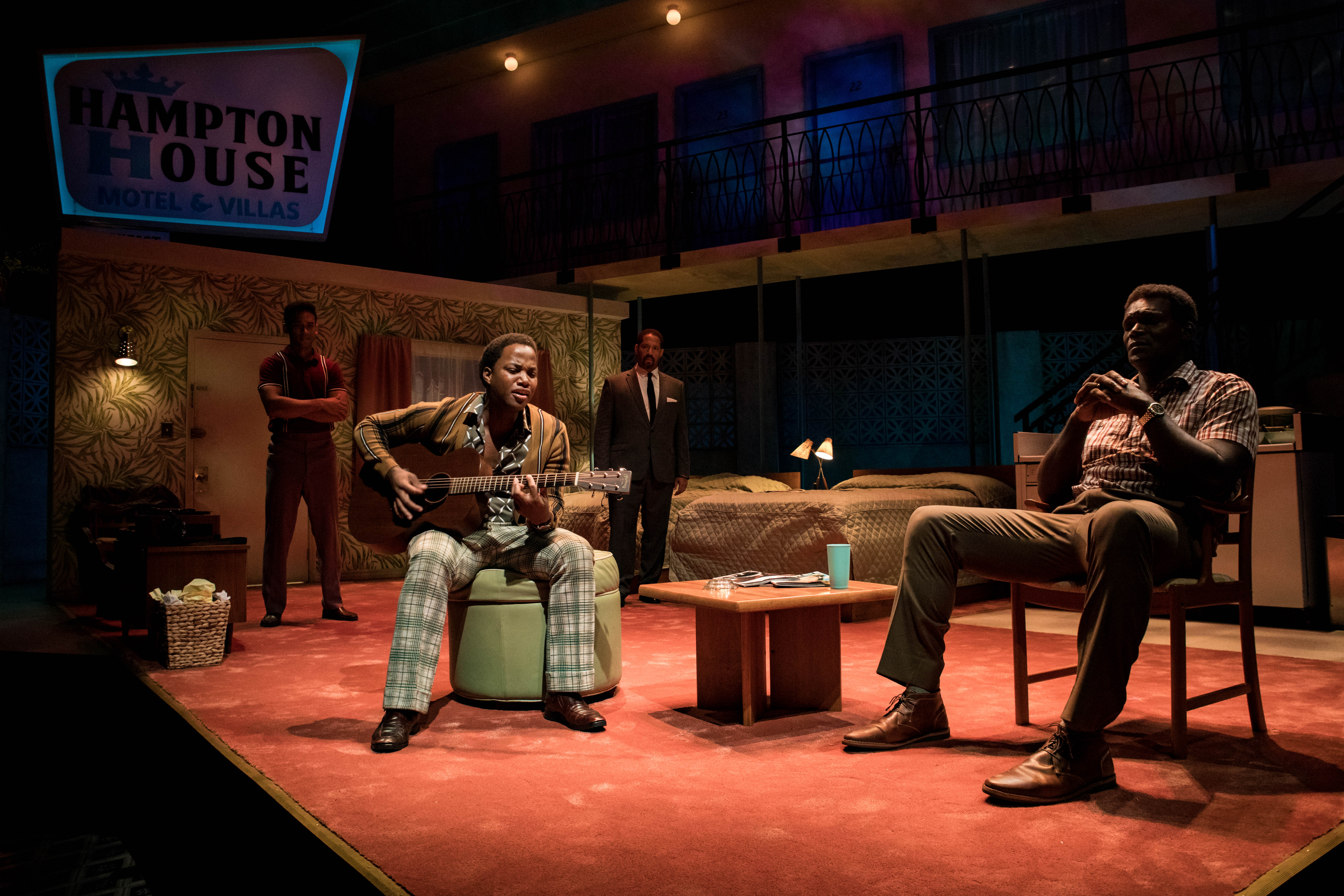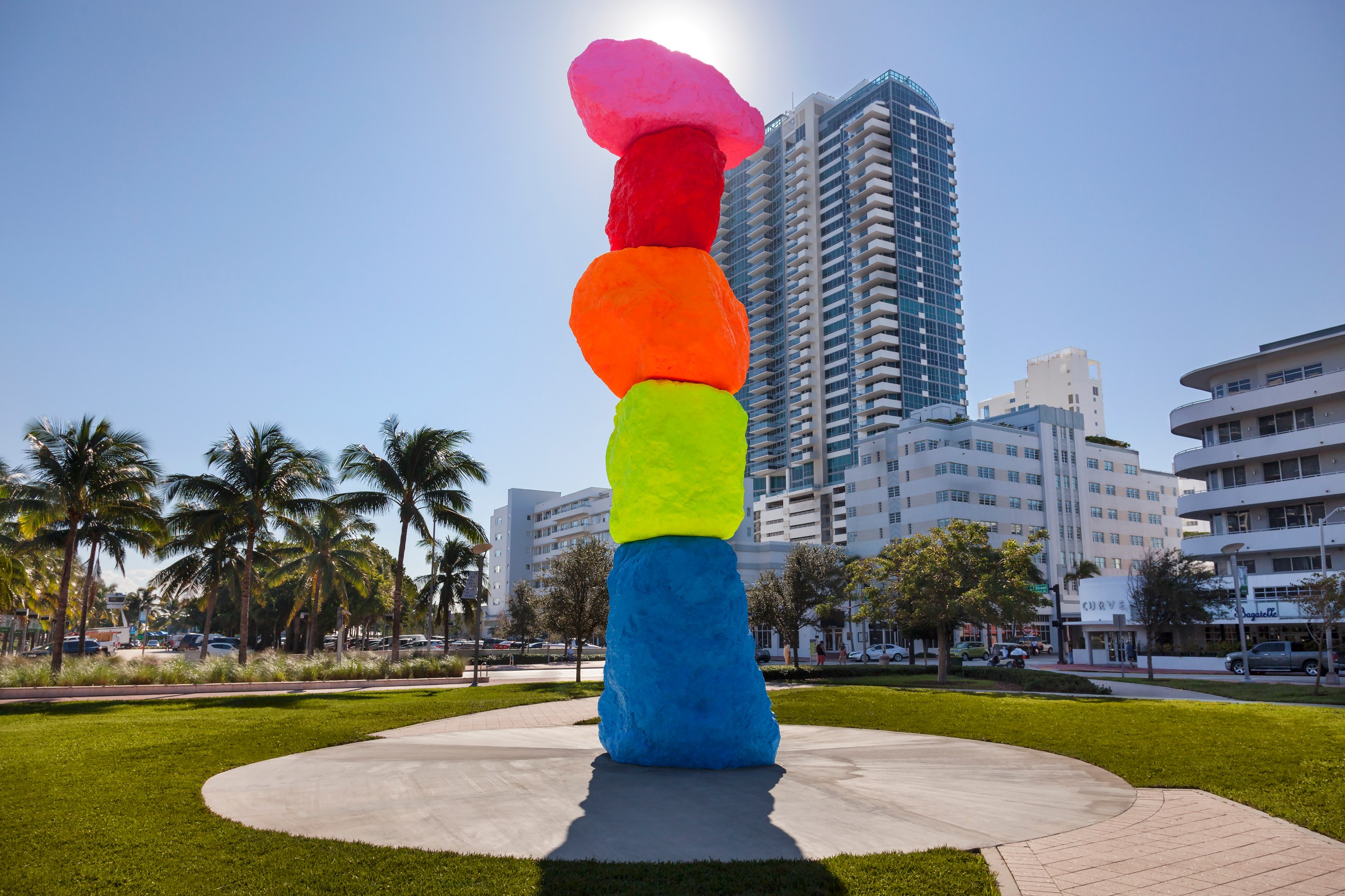
Making art general in Miami: Six ways the city’s arts sector changed in a decade
On Dec. 3, 2018, Knight Foundation announced a $37 million investment in Miami’s growing arts ecosystem. Learn more about the announcement here.
Arts and culture have been a centerpiece of Miami’s transformation for more than a decade. From the Art Basel art fair—a mecca for international curators and collectors—to several new world-class facilities, Miami has seen an explosion in artistic, creative and cultural activity since 2005.
A new report commissioned by Knight Foundation looks at this transformation. It reveals the wide impact the arts have had in a decade, becoming part of the fabric of the city, expanding opportunities in the creative sector and taking on an important role in connecting people.
Produced by research firm TDC, the report draws from existing data and extensive interviews with local artists, residents and others to track progress made in Miami’s creative sector and explore continuing gaps. It offers important lessons for cities with burgeoning arts scenes as they examine the impact of their own arts ecosystems.
Report findings also helped to inform Knight’s new $37 million investment in the arts in Miami. The support will build on momentum in the sector, helping anchor arts organizations flourish and experiment with new, high-quality programming, while encouraging the city’s small and midsize organizations, as well as individual artists, to create bold art, take risks and innovate.
Art is general in Miami—the last decade has proven its inextricable link to the city’s growth and identity. In charting its journey and supporting its progress, we hope to strengthen the permanence of art in the city and the community that drives it.
Here are six ways the Miami arts scene changed between 2005 and 2015:
1. The arts have had transformative impact in Miami: Of the 276 arts organizations operating in Miami in 2015, 20 percent were formed since 2005.
“Miami has changed in the last 10 years—feels like a renaissance has taken place. There is so much vibrancy.” —Local leader in Miami
2. There was major growth in artistic activity and participation: Total spending by Miami arts organizations increased by 168 percent from 2005-15. Arts attendance has increased dramatically (27 percent) in both the city and county from 2004-15. This growth is also reflected in the spending levels of arts organizations in Miami, which declined during the recession but rebounded in 2015 to surpass 2005 levels. This progress was seen even in the face of declines in population and economic recovery.

3. Job growth in the arts sector has grown: Arts and culture have also served to bind people to the city and create professional opportunities. Creative jobs grew by 21 percent, from 168,780 in 2011 to 203,649 in 2016.
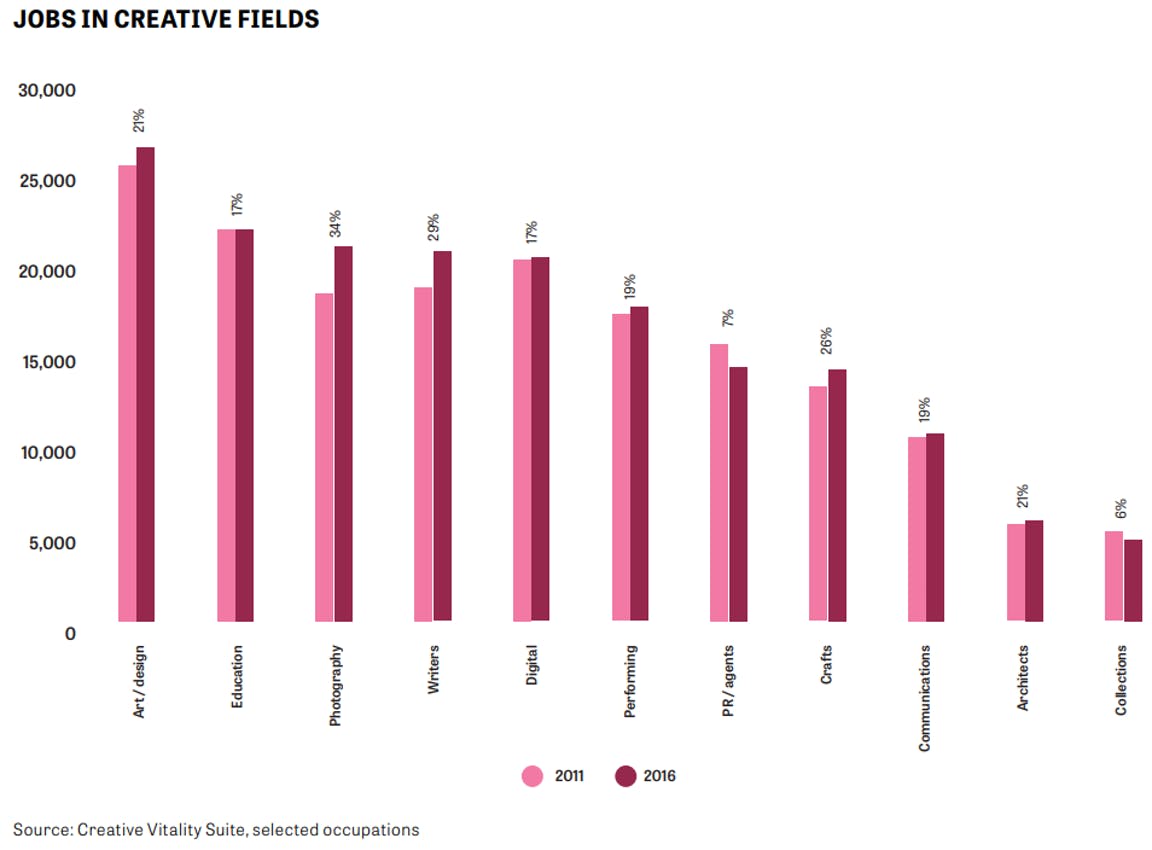
4. Total revenue grew: Program revenue within arts organizations grew by 21 percent between 2011 and 2015, implying revenue generated through increased attendance. Contributed and other revenue grew only incrementally.
“It’s grown enormously. There are many more organizational players, and anchor organizations have come into their own. Miami feels bigger than it used to be; there is so much more to do here.” —Local leader in Miami commenting on the arts sector
5. Foundation giving saw a huge increase: There was a 1,265 percent increase in foundation giving from 2004-15, driven by Knight Foundation. Cultural spending by Miami-Dade County rose by 107 percent.
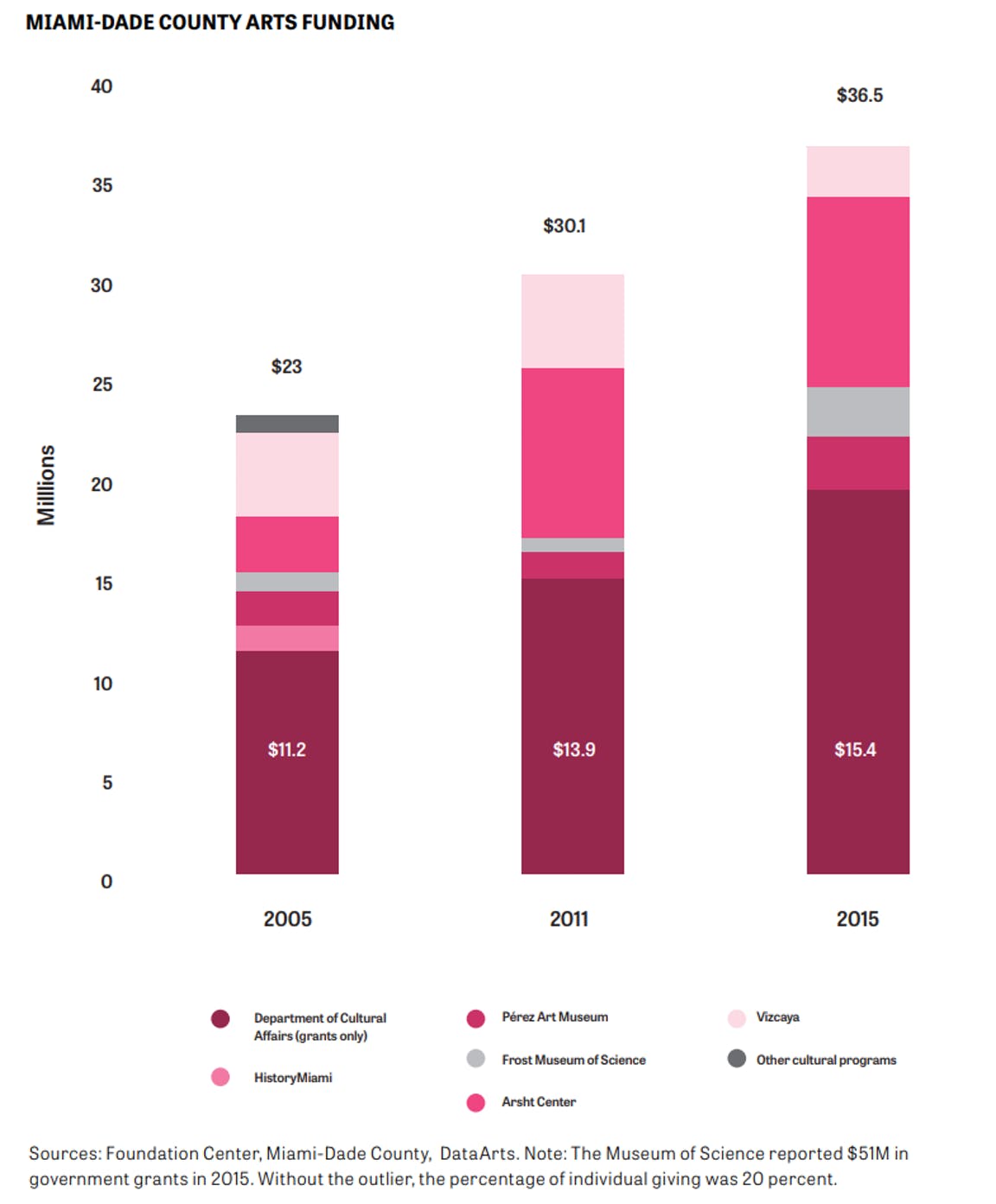
6. There are still some challenges, especially financial sustainability: The city’s arts sector still faces challenges that call into question its long-term vitality. The percentage of arts organizations with less that 2.5 months of unrestricted net assets increased from 42 percent in 2005 to 50 percent in 2015.
Download the full report here.
Image (top): Miami Mountain by Ugo Rondinone is a public artwork in the permanent collection of The Bass. Photography by Zachary Balber.
-
Arts / Press Release
-
-
Arts / Report
-
Arts / Article
Recent Content
-
Artsarticle ·
-
Artsarticle ·
-
Artsarticle ·
